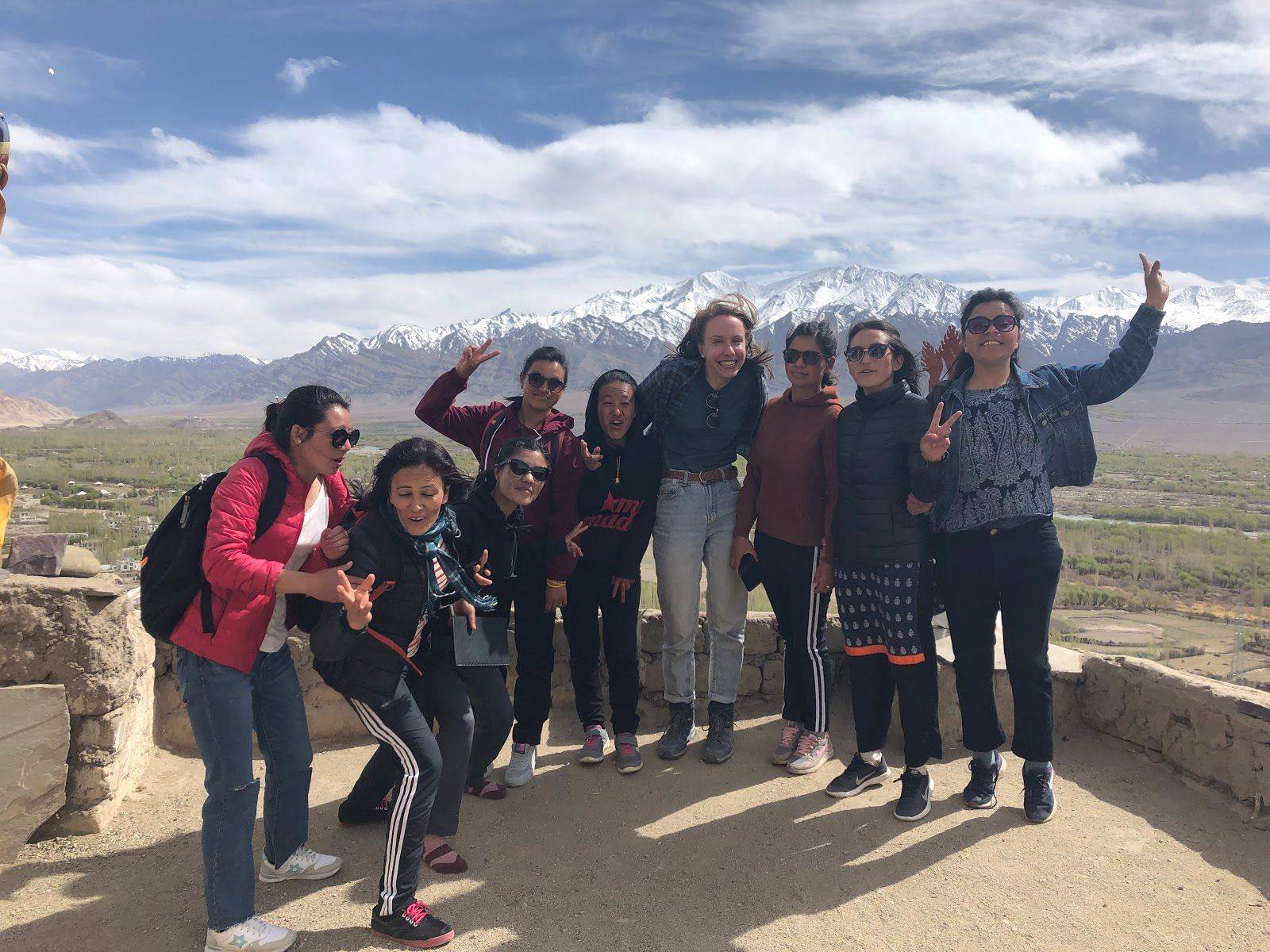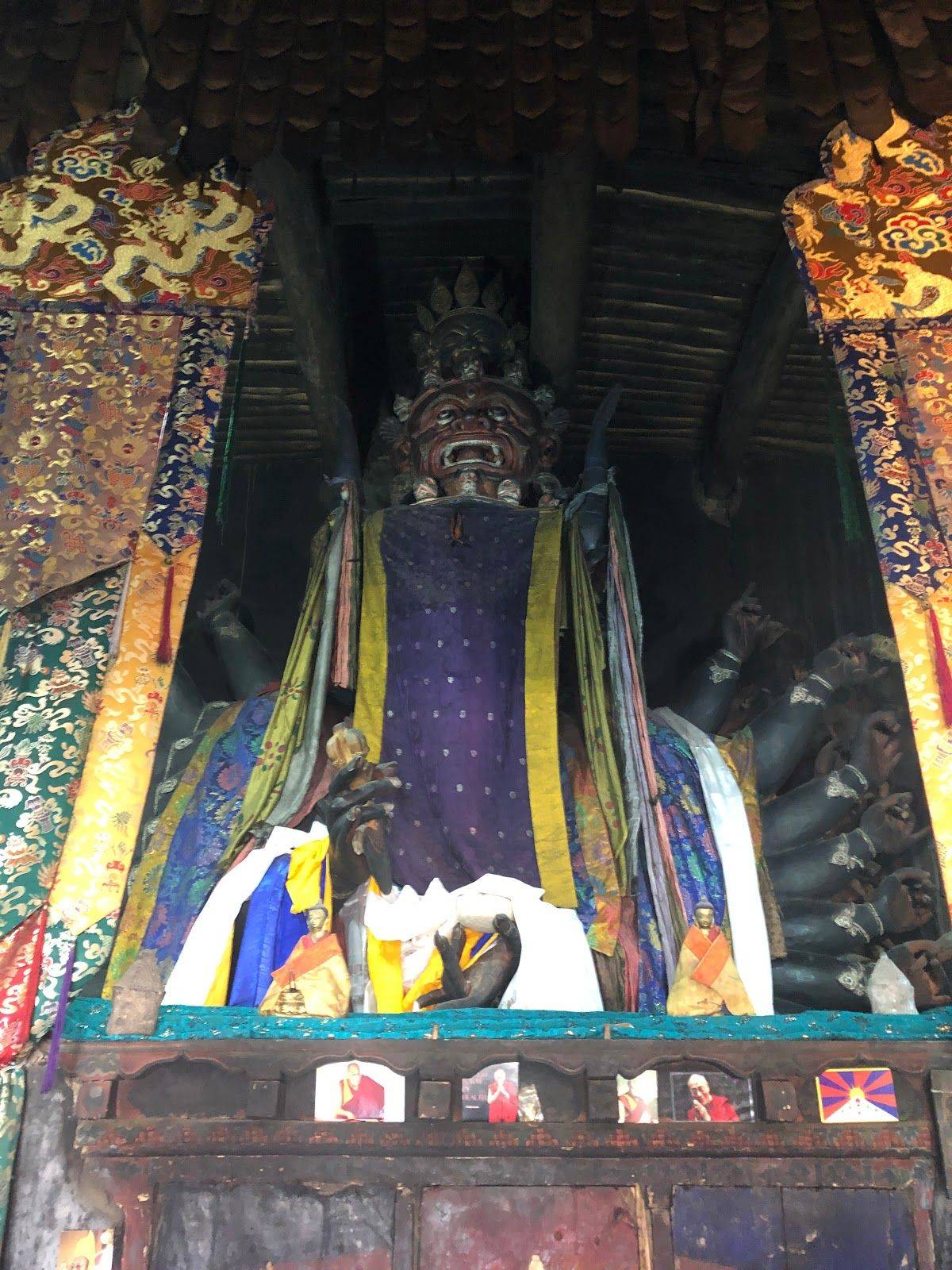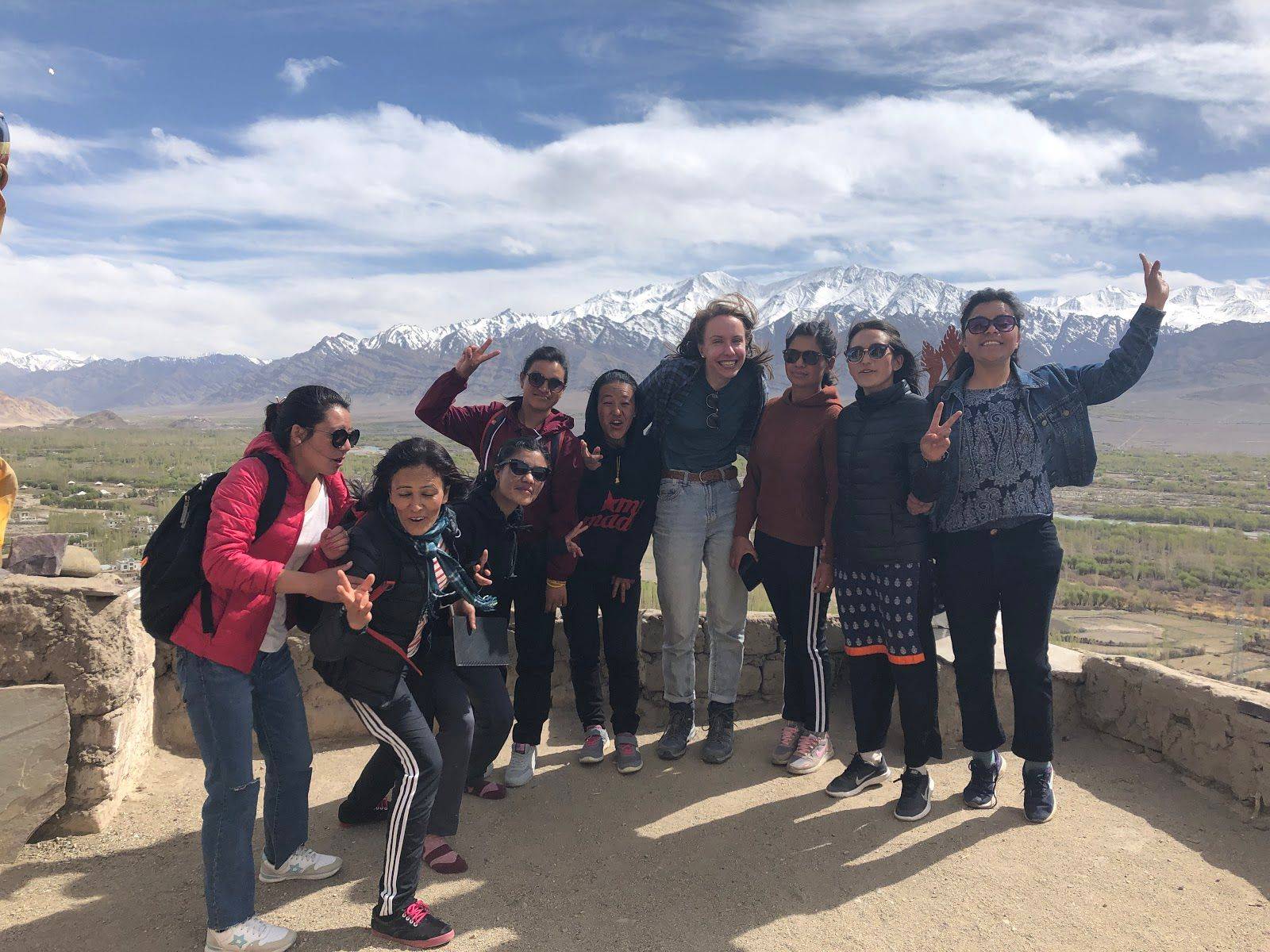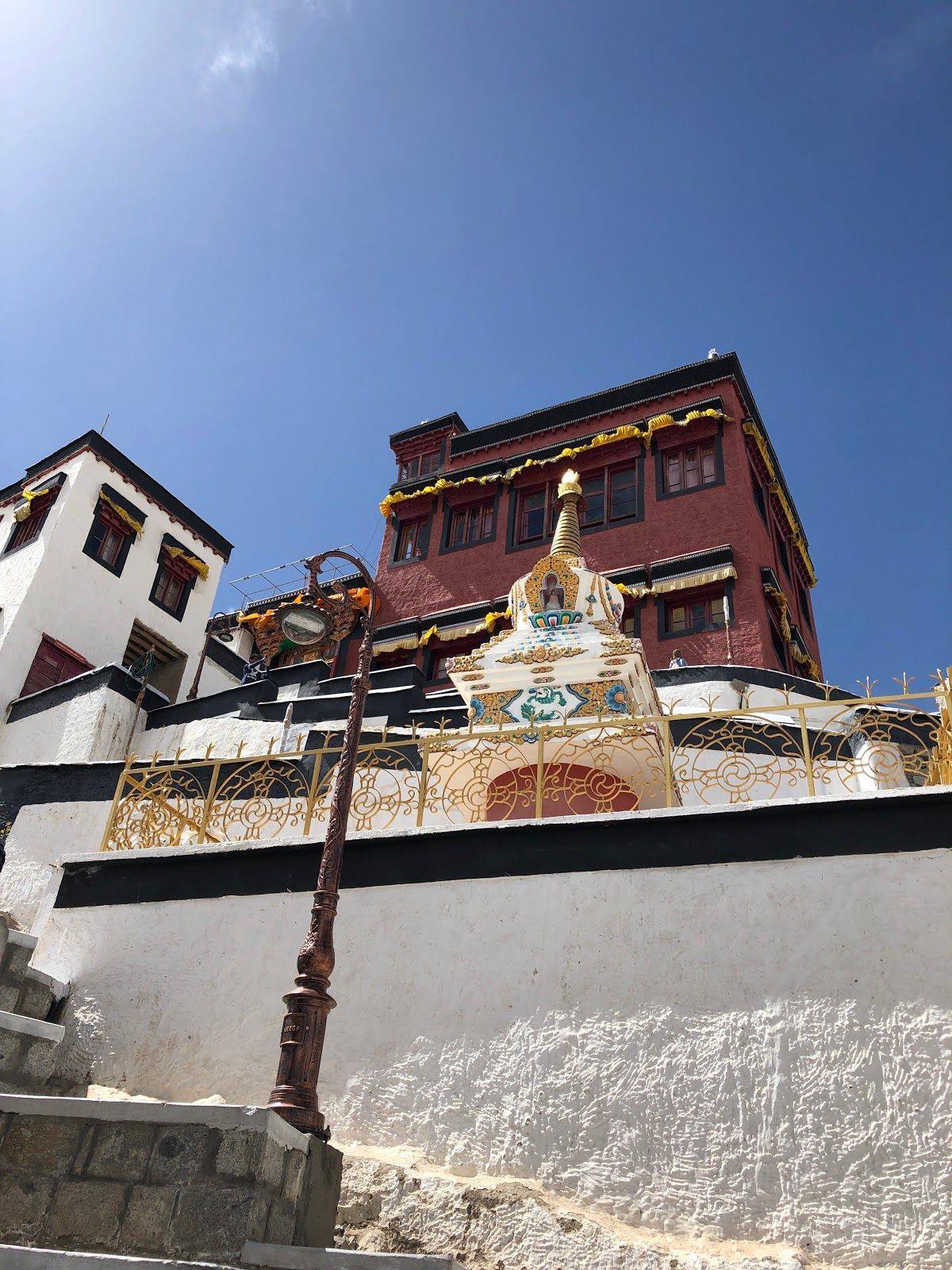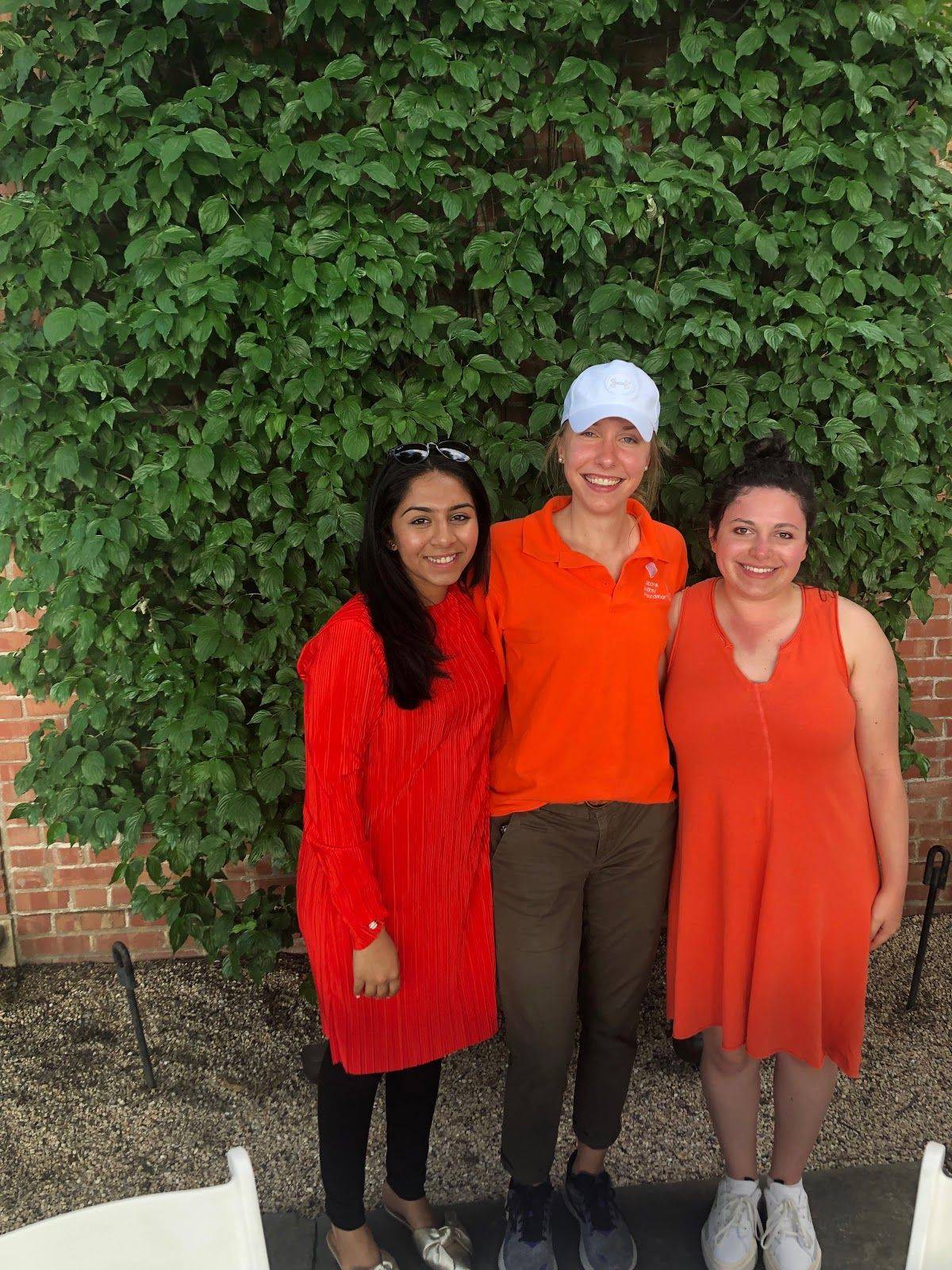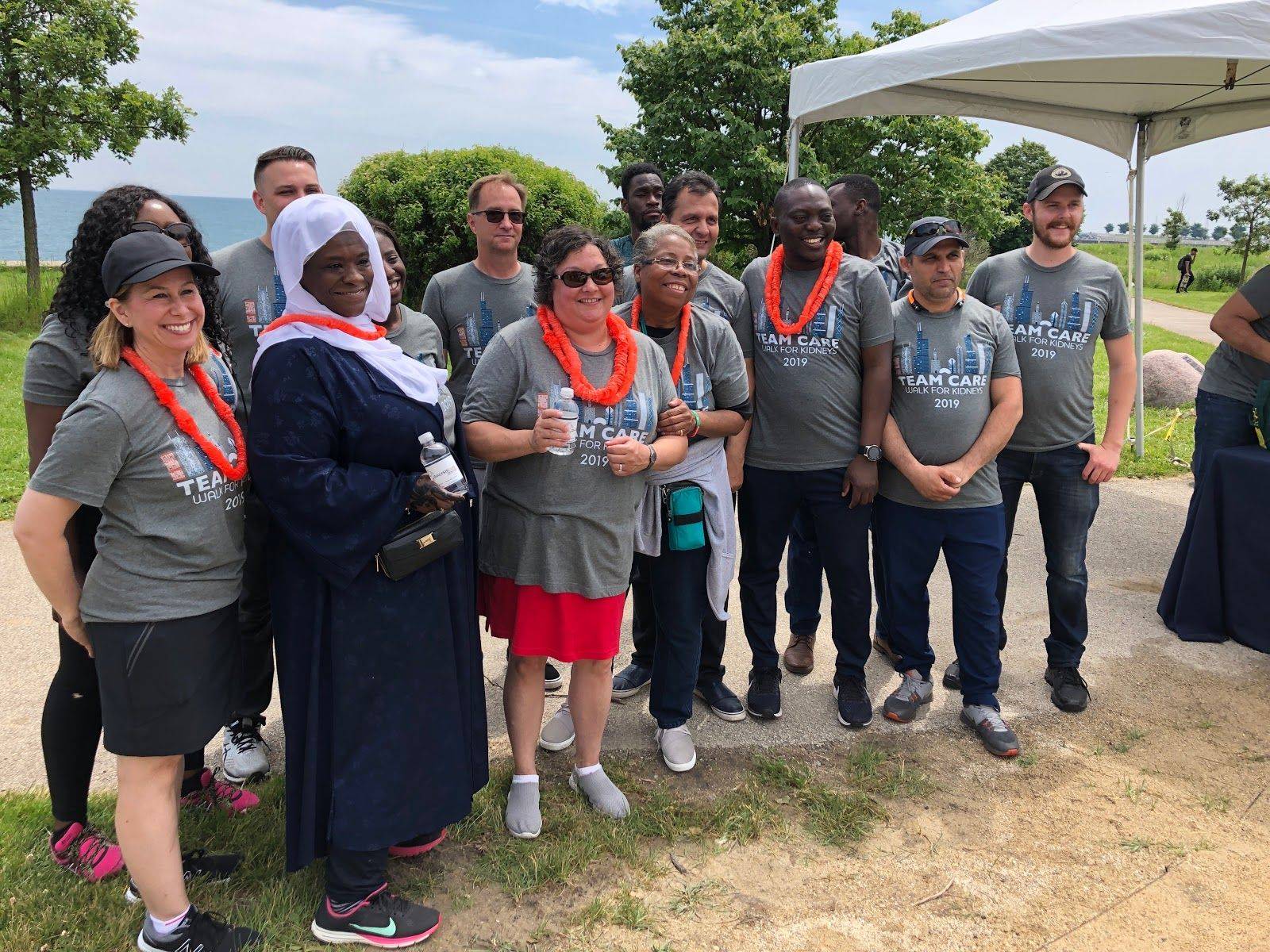“Not all monasteries allow women inside all parts of the monastery.” 1
This quote comes from an interview I conducted on April 11, 2019, with a male member of the Ladakh Buddhist Association in Leh, Ladakh, India. I was in Leh, Ladakh, in Northern India during the month of April, 2019 with the chance to complete a research project on the relationship between women and religion. During that month, I interviewed thirty-seven people, most of them women, about the relationship between women and religion in Leh. I expected them to give opinions on issues such as women religious (in this case, Buddhist nuns), the ways that lay women practice Buddhism, religious education, and the effects of religion on a woman’s understanding of self. Instead, almost everyone wanted to talk about the protector spirit temples of Tibetan Buddhist Monasteries and women’s lack of access to them. Overall, my interview participants were overwhelmed and angered that women were still not allowed to enter these holy spaces.
Before I continue talking about my research, I think it is important to provide some context on protector spirit temples. All Tibetan Buddhist Monasteries have several small temples scattered around their grounds, and one of these temples is home to the protector spirit of the monastery. The protector spirit is usually a wrathful deity, and historically, there have been several arguments as to why women are not allowed inside the temples. According to my translator, Tsogail, the prohibition against women in protector temples was originally based on the fact that women have a menstrual period every month. Women in Ladakh clean themselves before visiting a monastery or lama as a matter of tradition, because historically, their periods are what made them unclean and unwelcome in protector temples.
Hubert Decleer, Senior Faculty Advisor of the SIT Nepal: Tibetan and Himalayan Peoples Study Abroad Program, provided another explanation for the exclusiveness of the temples. According to Decleer, “the usual explanation as to why Protector Rooms are off limits for women is that the main Protector is a beyond-worldly / enlightened being, but that the deities in her or his entourage are not necessarily so; and may cause harm, not so much to female visitors per se, as to a being with whom they [can be] pregnant.”2 Decleer’s point about female fertility blocking access to protector temples is further explained in Martin A. Mills’ work on Tibetan Buddhism and Gelukpa Monasticism. According to Mills, women cannot approach protector temples or some statues of protector spirits, because the earthly-spirits that associate with protector spirits can be harmful to women.3 Also, the fertility of women is seen as impure and as a result, can pollute religious power. At the same time, however, female fertility is “ensured by maintaining respect for those [religious] sources: fertile women, like fields, [are] kept ‘below’ religion in order to maintain their fertility.”4 By historically avoiding protector temples, women helped maintain the sacredness of the temples while at the same time, protecting their own fertility.
Overall, the historical banning of women from protector temples is based on the “impurity” of their menstrual cycles, the belief that they could be hurt by protector spirits, and an attempt to protect their fertility. In 2019, however, women want access to these spaces. During an interview with a monk of Matho monastery, I learned that in 2019, there is no reason for the banning of women from protector temples. Instead, the historical and religious tradition simply continues to be followed. The monk then explained that in some places, protector temples are being opened to women, as more conversation is being held regarding the closing of the holy spaces to certain populations.
And in Ladakh, several protector temples are, in fact, being opened to women. Several days after this interview I went inside the protector temple of Thiksey Monastery, in Leh, Ladakh, and stared down the statue of the protector deity. I could feel the power of the space and gained a deeper appreciation for the fight for access to the temple. Overall, my month of research in Leh taught me many things. One of the most important lessons that I learned relates to the importance of physical space. The women that I interviewed in Leh excitedly spoke about their religious practice and belief. More than anything else, however, they spoke about their desire for access to all parts of their religion, including physical spaces! Access to the physical spaces of their religion was symbolic of access to the greater spiritual practice as well. The women of Leh want equality, and they are talking about it and taking steps towards achieving it in Leh.
I learned even more about the importance of physical space while I was interning in the Special Events and Fundraising Department at the National Kidney Foundation of Illinois (NKFI) last summer. The internship allowed me to study the relationship between race, socioeconomic class, fundraising, and preventative health care. While interning at the NKFI, I helped plan a Walk for Kidneys for survivors of kidney disease and their families, and a golf tournament for donors and sponsors of the NKFI.
Overall, I learned that the space makes an event. Kidney disease disproportionately affects African Americans and Hispanics in the United States, and in urban areas such as Chicago, these individuals are also more likely to be from a lower socioeconomic class. The events that I planned for survivors of Kidney Disease and for donors to the NKFI were dramatically different. The Walk for Kidneys took place at Soldier Field, a sports arena on the SouthSide of Chicago. Survivors and families showed up in t-shirts and jeans, and walked a 5K route to raise money for research. The golf tournament took place at Shore Acres, a nationally renowned golf club. Last summer, Shore Acres was ranked the 16th best country club in the United States. Attendees at the golf tournament were mostly white, upper class men, and they golfed in khakis and polo shirts. Several of the golfers were members at Shore Acres. In order to get their membership, they needed to be recommended by an existing member and to be able to pay a huge monthly membership fee.
The space where the NKFI hosted the golf tournament was financially off limits to many of the people who walked at the Walk for Kidneys. I asked my boss about her opinion on the difference in spaces, more specifically on the difference between Soldier Field and Shore Acres, and she explained to me that sometimes, we need spaces to do a certain job. Walkers at the Walk for Kidneys need to feel comfortable in a space before they will attend an event there; as a result, the NKFI hosts an event for them at Soldier Field. In order to raise money, however, the NKFI has to target a different audience and hosts an event at a top tier golf club, a space that is inaccessible to many people because of its history of elitism and wealth.
On the whole, both of these opportunities taught me something about the importance of physical space and the role that space plays in our lives. Spaces are often off limits to certain groups of people. And sometimes, this exclusiveness is deliberate and serves a purpose. More money can be raised by the NKFI if they hold their golf tournament at an elite club. This money is then used for educational events for people suffering from Kidney Disease. I am still processing what I learned last April and last summer, and I gain new insights often. More than anything else, however, I have learned and continue to appreciate the importance of the physical spaces of our world, our institutions, and our communities.
1 Male Member of the Ladakh Buddhist Association. Personal Interview. Leh, Ladakh, India. April 11, 2019.
2 Hubert Decleer, email to author, May 2, 2019.
3 Martin A. Mills, Identity, Ritual, and State in Tibetan Buddhism: The Foundations of Authority in Gelukpa Monasticism (Psychology Press, 2003), 54.
4 Mills, Identity, Ritual, and State in Tibetan Buddhism, 184.
